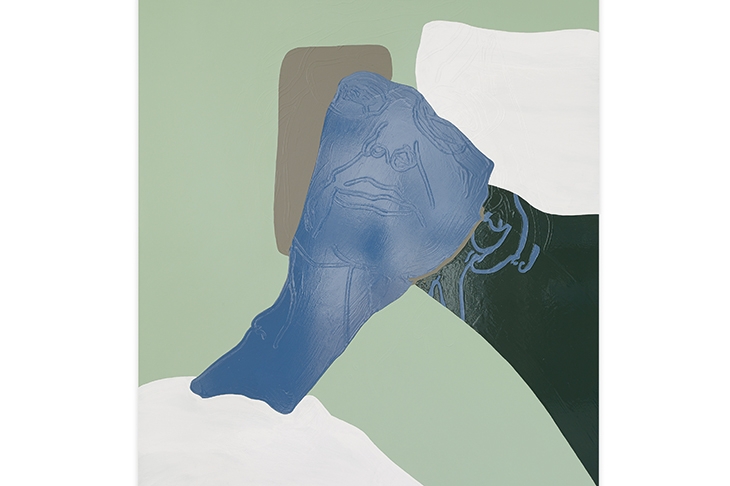Last year, Gary Hume made a painting of himself paddling. At a casual glance, or even a longer look, it might not appear to be what it is. What you see is a wrinkled, pinkish surface with a sort of dome of curving green and blueish shapes at the bottom. This, to Hume, is a sort of self-portrait as a child at the seaside. ‘I’m on the beach, I’ve got the ripples going around my ankles making little coloured shapes, and all the sand.’
Hume’s paintings are like that. They may look abstract, but it turns out that they are startlingly real. One from some years ago consists of six shiny black rectangles with yellow bars between them. In one way, it’s a recycling of one of the best known of all abstract paintings, Malevich’s ‘Black Square’ of 1915; in another, it’s a startling piece of realism, exactly what a dark window looks like at night.

Get Britain's best politics newsletters
Register to get The Spectator's insight and opinion straight to your inbox. You can then read two free articles each week.
Already a subscriber? Log in







Comments
Join the debate for just $5 for 3 months
Be part of the conversation with other Spectator readers by getting your first three months for $5.
UNLOCK ACCESS Just $5 for 3 monthsAlready a subscriber? Log in